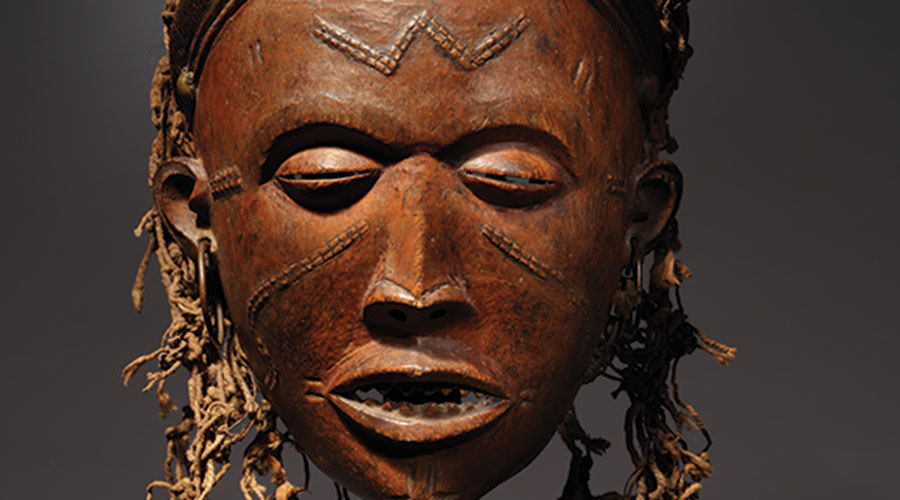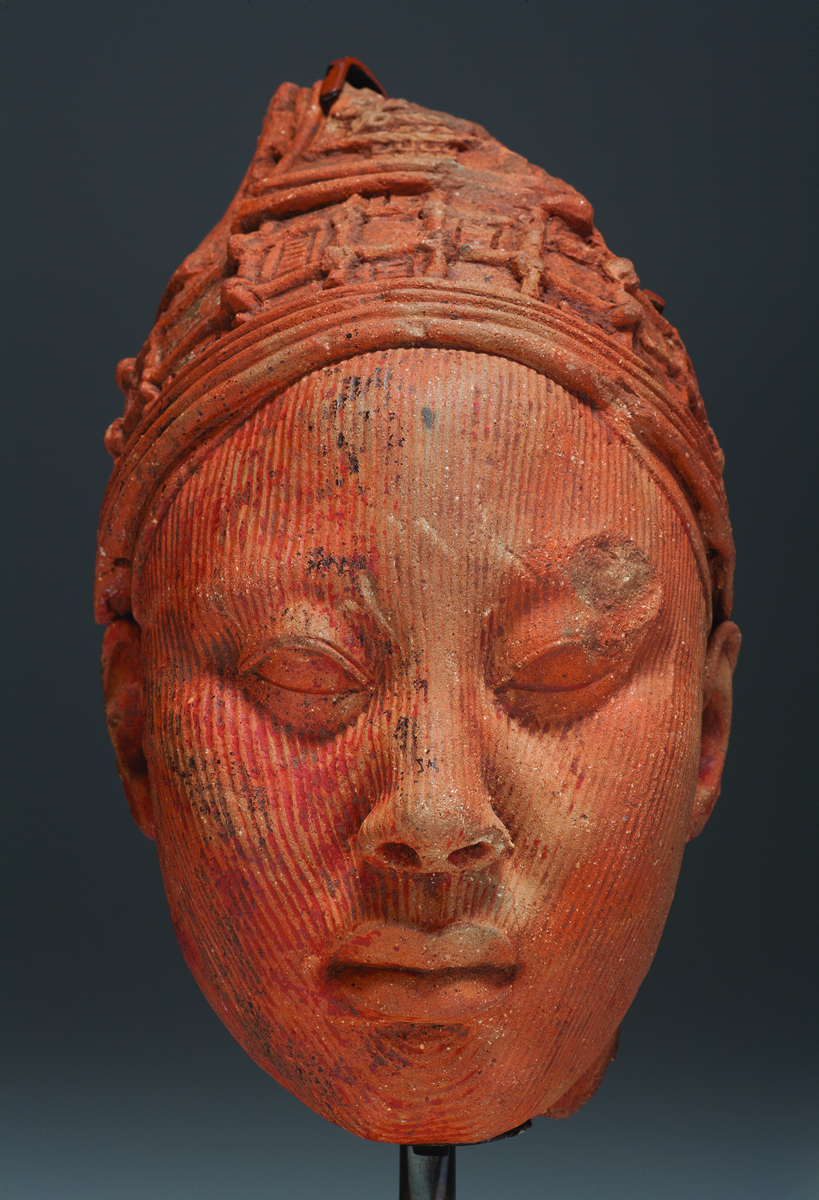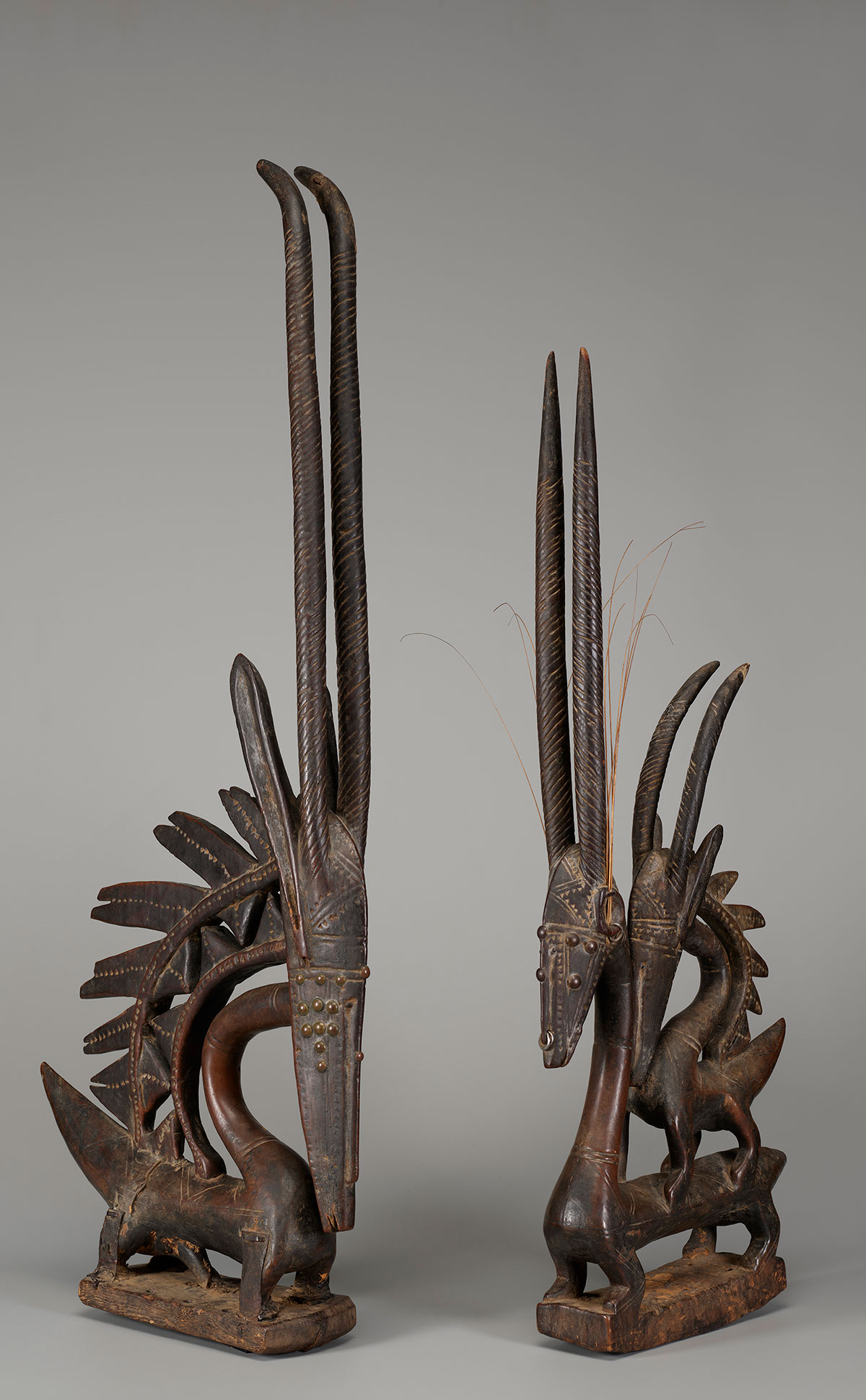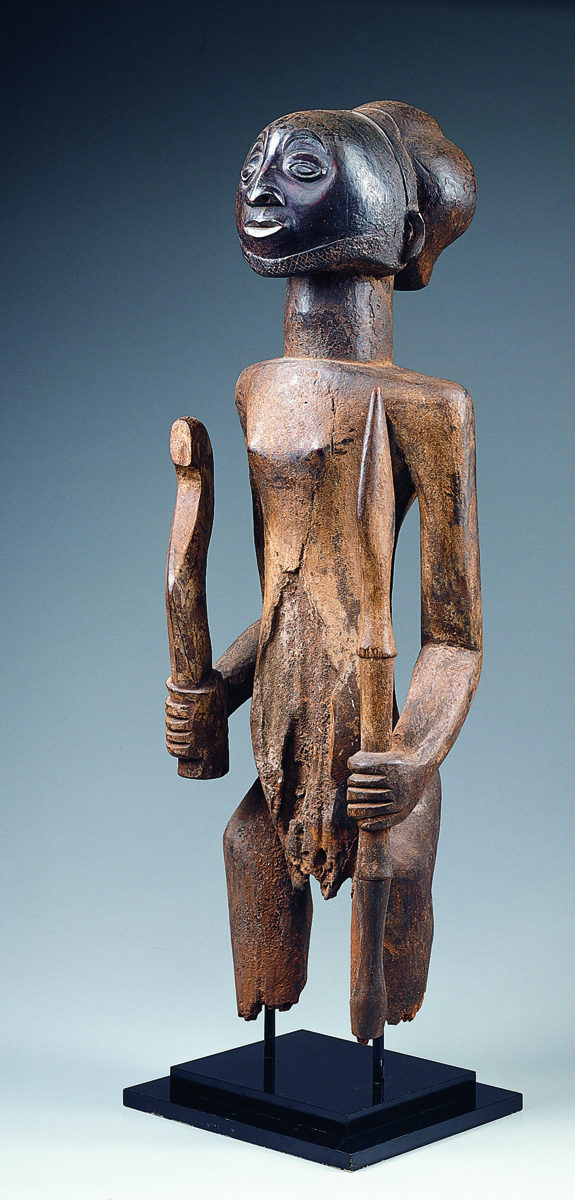
The Art of Life
By Meda Kessler
The Kimbell’s new exhibit explores the rich cultural history of Africa
Kimbell Art Museum continues to celebrate its jubilee in a quiet manner, allowing its exhibitions to be center stage. The storied institution began the year with the ongoing J.M.W. Turner exhibit, which closed in early February. This month, the Kimbell presents the world premiere of “The Language of Beauty in African Art.”
It’s a broad exhibit with a bold premise.
More than 100 years ago, Africa’s colonization by Europeans resulted in native art traveling abroad, reaching a wider audience and inspiring masterful artists such as Pablo Picasso. But the definition of “beauty” often shifts in subjective Western translation, especially when it involves tattoos and scarification, which are native rituals for many cultures.
Thanks to more than 200 pieces gathered from private and public collections, viewers of the show will travel to different parts of the African continent for history lessons as well as a look at the functionality and meaningfulness of the masks, sculptures and other artworks to the people who created them.
“I am thrilled to have the opportunity to present this extraordinary exhibition at the Kimbell,” says Jennifer Casler Price, the museum’s curator for the show, which was organized by the Art Institute of Chicago. “It not only recognizes the richness and variety of African art, it demonstrates that despite the wide cultural diversity of a vast continent, there is also unity that speaks to a shared humanity and explains why art matters. That beauty has meaning and is related to the purpose and function of the art. This is art for life’s sake.”
The “language” part of the exhibit comes into play by using the words the artists themselves used to describe and explain their work.
Divided into sections, the exhibition opens with the work of the Chokwe, residents of the southern part of the Congo. Some of the masks, beautifully carved with ornate motifs, honor female ancestors. A striking sculpture represents not only the moral integrity of a man but also his virility.
There are many masks and headdresses in the exhibit, and their meaning is explored. One with a menacing look in reality represents a woman’s youth and vitality.
Functional items are part of the show, too, their intricate craftsmanship representing status especially when a fine material such as gold is used.
The exhibit ends with 10 nail-covered wooden statues from the Kongo and Songye people. The nails were hammered into the statues to heal a sick person or ward off an enemy, thus creating something intended to be frightening but filled with functional beauty.
THE DETAILS
The Language of Beauty in African Art The show runs April 3-July 31. Kimbell Art Museum, 3333 Camp Bowie Blvd., Fort Worth, 817-332-8451, kimbellart.org



